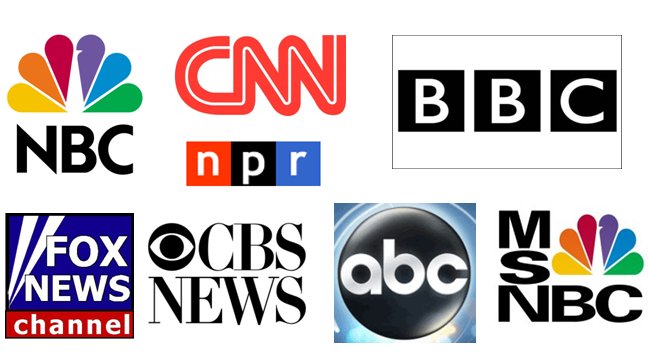
The numbers are even higher for those in other countries, such as the United Kingdom and Brazil.
The institute said that in the United States, those who self-identify to be on the conservative side are more likely to avoid the news because they believe it to be untrustworthy or biased. Those on the Left are more likely to feel overwhelmed or carry feelings of powerlessness or worry that the news may create arguments.
The institute also said that along with the rising number of people avoiding the news is a drop in people's trust in reporting, with the lowest point yet recorded in the U.S. to be at 26 percent of the population.
Amanda Ripley, a former Time journalist and author of "High Conflict: Why We Get Trapped – and How We Get Out," confessed in a column on the Washington Post that she was embarrassed to admit that she, as a reporter, had been "actively avoiding the news" for years. She said that it left her so drained to the point that she couldn't write.
She rationed her consumption, cutting out television news altogether and waiting until the end of the day to read the papers. However, it still keeps coming at her on her phone and on social media.
"If you look at that Reuters Institute data and extrapolate it out, we can estimate that roughly 100 million American adults are not getting their news needs met," she said.
Americans, according to the institute, are backing away. "Prior to the invasion of Ukraine, consumption of traditional media, TV and print, declined further with online and social consumption not making up the gap." (Related: Pew survey reveals glaring DISCONNECT between MSM journalists and the American public.)
News audience numbers keep growing
Despite the large numbers avoiding news reports, other news organizations noted that their audience numbers have kept growing. Professor Emily Bell, founding director of the Tow Center for Digital Journalism at Columbia Journalism School, said that while there had been short-term peaks and troughs in engagement, the long-term trend is up.
Bell said that in recent years, the total number of stories read by Americans has grown so much larger than she could have ever imagined. So she said that while many say that they are sick of the news and are taking steps to avoid it or are not paying attention to it, she wants to see a bit more evidence of this being actually true.
The Guardian, in particular, reflects the same doubts as readership in the U.S. has grown sharply through the first months of the Wuhan coronavirus (COVID-19) pandemic. It then fell back a little and then spiked again during the 2020 presidential elections. Its next peak came after the Russian invasion of Ukraine at the end of February and in March.
While the publication's long-term trend is up, and even when readership falls, it remained significantly higher than before the pandemic.
Another thing that Bell noticed is that while younger people are turning away from traditional new sources, it does not necessarily mean that they're turning away from news in general.
"Podcasting has an incredibly strong, young audience. This is a long form storytelling format, which really appeals to the under-25s which I don't think anybody could have predicted," Bell said.
"A couple of years ago, I was teaching a group of undergraduates and they were largely uninterested in the basic output of the New York Times (NYT), but if you mentioned Michael Barbaro and "The Daily" podcast (NYT's daily podcast), they got incredibly overexcited."
Ripley, meanwhile, said that she has been "inundated" with messages from Americans in and out of the news business, who feel the seemingly relentless barrage of negativity.
"Particularly with the pandemic, there has been a lot of very unsettling, nerve-racking news. You can’t avoid it, it creeps into every crevice of your life. It’s invasive in a way that it wasn't even 10 years ago," she said.
Visit MediaFactWatch.com for more information about news and media distrust.
Trust in media fell rapidly last year. Watch the video below for more information about it.
This video is from the Hal Graves channel on Brighteon.com.
More related stories:
Fake news USA Today outs itself, bogus reporting galore.
Sources include:
ReutersInstitute.Politics.OX.AC.uk
Please contact us for more information.






















